
MG Astor Review: Road Test
The MG Astor’s entry into the Indian market was quite unconventional, to say the least. But is the manner of the Astor’s arrival the only thing that’s unconventional about it? Or, will we find more if we dig deeper?
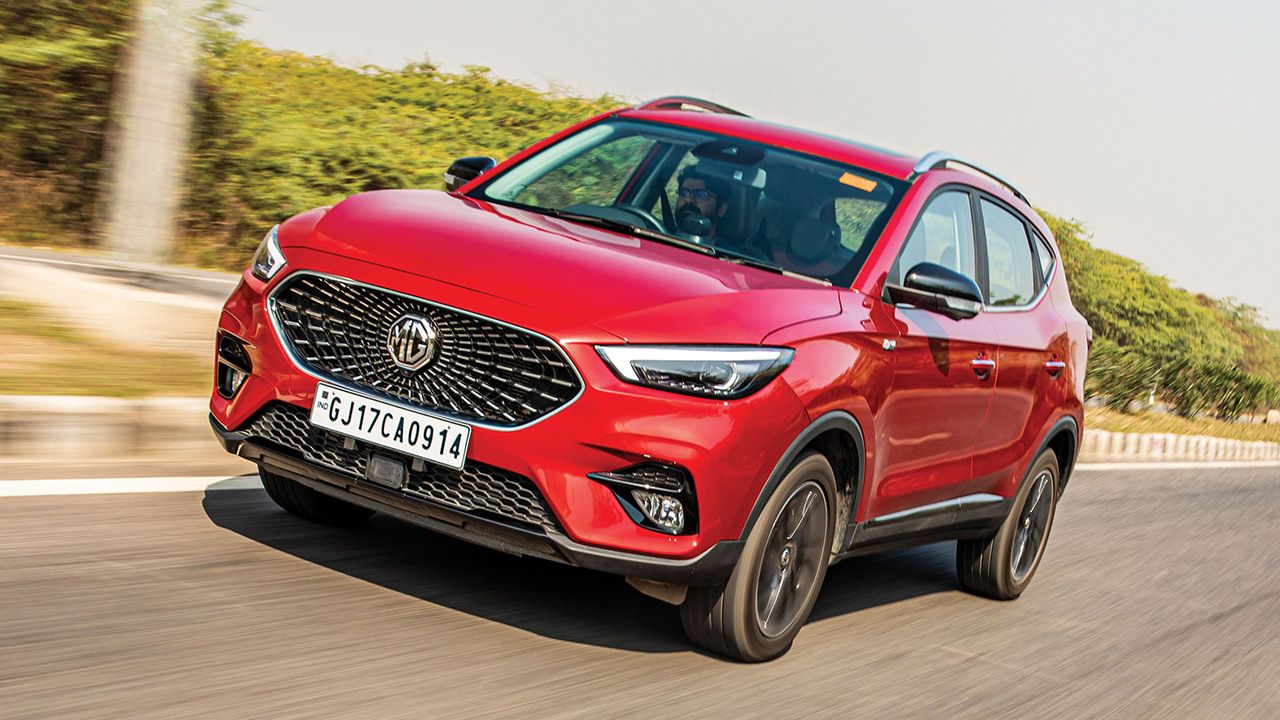
In a sea of SUVs that come across as safe and bold, the MG Astor does things a little differently. We find out how…
The MG Astor’s entry into the Indian market was quite unconventional, to say the least. It’s the only ICE car to have been launched after its EV counterpart – the ZS EV – in India. In fact, the ZS EV recently got a facelift. But I digress. Let’s get back to the Astor. So, is the manner of the Astor’s arrival the only thing that’s unconventional about it? Or, will we find more if we dig deeper?
Hides its Size Well
What if I told you that the MG Astor is bigger than the Hyundai Creta and Kia Seltos? You might not believe me at first, especially just by looking at the pictures here. However, the fact is that the only car in the segment that’s bigger than the Astor is the Nissan Kicks.

So, how does the MG mask its size? Well, it’s simple, really – understated European styling. You see, while its Korean counterparts are busy chasing that macho boxy design with in-your-face styling, the Astor goes the other way. The testosterone has been dialled back in the Astor’s design. It features smooth lines, a sloping roofline, and delicately crafted elements, like the ‘celestial’ chrome grille, headlamps, taillamps, and 17-inch alloy wheels, which make it stand out in the crowd. I must admit, even the Astor badging on the boot looks on point, and it’s coming from someone who, until now, found such ostentatious displays of one’s own name quite hideous.
Travelling First Class
MG has done up the interior of the Astor quite well. The top-spec variant that we had on test sported the black and Sangria red colour scheme, and it makes the Astor’s interior look quite sporty. I must add that it’s the only claim the Astor can make of being a sporty SUV, but more on that later. The seats are comfortable. However, the front seats are best suited to small- to medium-size people due to the contoured sides that keep you snug.
The overall quality of the interior is top-notch – in fact, it’s the new benchmark in the segment. Not only are the touchpoints draped in top quality materials, but even the hard plastic bits have a nice textured finish to them. It, however, is not without a couple of problems. First, the gear lever feels a little flimsy, not in its construction but in the way it’s fitted. Second, the huge panoramic sunroof gets a see-through blind, which will be a big problem during summer.

As far as the ride is concerned, there is pretty much nothing you can fault it for. The Astor’s suspension has been tuned to soak up pretty much anything you can throw at it. Yes, occasionally, a really bad bump will cause an alarming sound, but there’s hardly anything that would make things uncomfortable inside the cabin. In fact, the speed breakers in my society, for which I need to come to a dead stop in my Skoda Rapid, can be taken on by the Astor without even lifting off the throttle.
Get in the Captain’s Seat, or maybe not
Now, in terms of driveability, the Astor exudes mixed feelings. That’s not to say that the Astor is a bad car to drive – it’s more that it likes to be driven in a certain way, i.e. with a light foot.
You see, the 1.3-litre turbo-petrol engine, along with the six-speed torque converter, has been fully geared for comfort. The engine makes its power in a linear fashion, and the shifts are almost imperceivable. If you mash the throttle, the transmission gets confused, and after a slight lag, it relents and downshifts. So, by the time you are ready to make the overtake, it’s already too late. Also, to get the best out of this duo, you need to be a bit easy on it. And once you do that, you’ll find that the Astor can build up speed quite easily. City speeds or highway speeds, this powertrain is comfortable doing both. What’s especially great about it is its refinement. The engine here is a three-cylinder unit, but you wouldn’t notice just by driving alone, and that’s the highest praise one can confer. There are no vibrations or that typical three-cylinder thrum. I would even go as far as to say that, in terms of refinement, it’s the best three-cylinder engine out there.
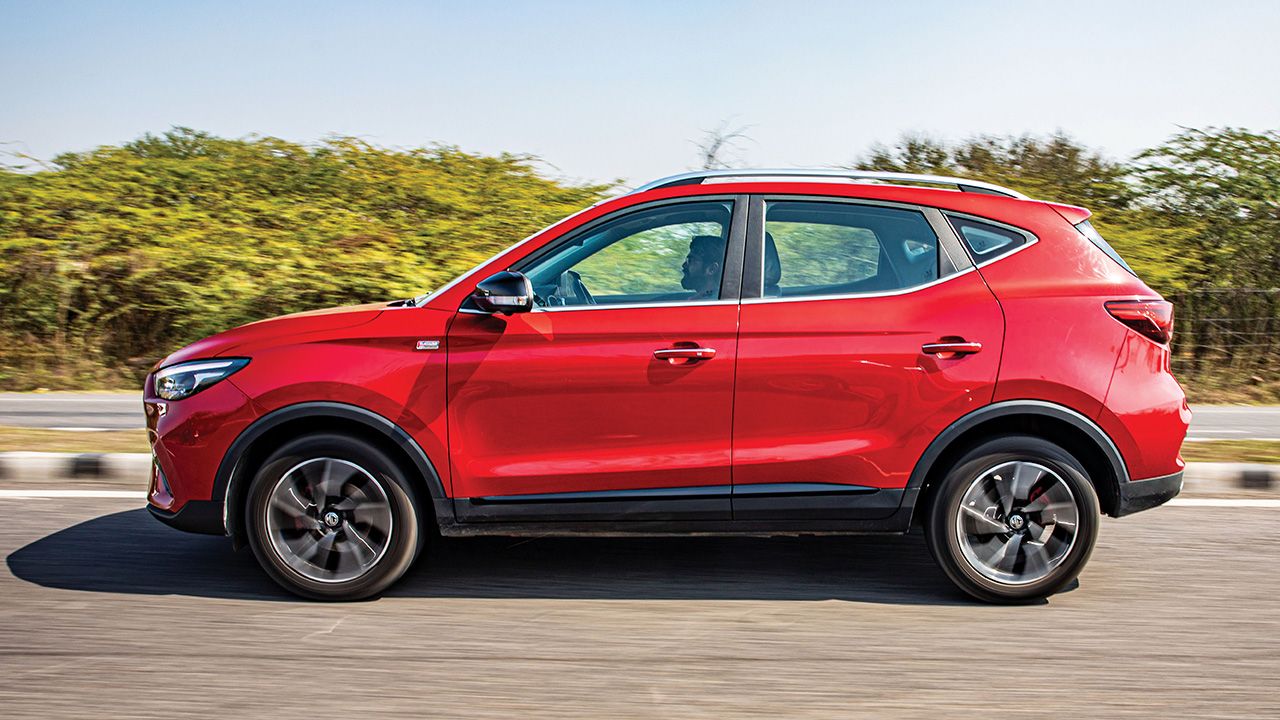
There are a couple of niggles that the driver may face. You see, like many, I prefer driving with the seat set on the lower side and if you share my preference (for reference, I am 5’7”), you’d notice that the bottom-most part of the instrument cluster gets hidden behind the wheel. Even though it’s only a tiny bit of the screen, it shows two vital pieces of information: the odometer reading and, more importantly, the driving range. I found myself leaning forward every time I wanted to check the range. Now, that can be problematic, given the fact that the Astor is a thirsty car.
While we didn’t have the car long enough to put it through a proper fuel efficiency test, we did drive it for around 250kms, and the overall efficiency on the digital read-out never went above 8km/l. Granted, we were driving it with a heavy foot during the shoot, and the car generally stayed in lower gears, but even then, it should at least be able to get into double digits. Now, even if I could afford that kind of fuel efficiency, I would definitely want a bigger fuel tank for a better range. And finally, the inside rearview mirror has a manual adjustment, and in a car that looks this premium and costs this much, it just doesn’t cut it.
Gimmicky Gadgets
MG’s trump card has always been technology, and the Astor is no exception – it’s the least expensive car in India to get ADAS. From initial impressions, the system here feels better than that of the XUV700, but any conclusive assessment would require a side-by-side test of the two. Now, if you are one of those who think that ADAS would allow you to relax and let the car drive by itself, think again. Multiple times, I got too close to the car in front of me to test the efficacy of the system, and while I could feel the brakes being applied, the force was nowhere strong enough to bring the Astor to a stop.

As far as the AI robot is concerned, I think it’s the gimmick of all gimmicks. Whenever I tried speaking to it, it simply ignored me, although I could see its eyes moving up and down. And then suddenly, out of nowhere, it would start talking even when I didn’t ask it to.
The Astor also gets a 360-degree camera, but its resolution is so low that we wouldn’t recommend using it even during the day. It has, however, been calibrated beautifully, and whenever you are in a tight space, making a turn or parking, it automatically pops up on the screen with the required angle. I truly wish MG would put better cameras on the Astor, which would make this a very capable system. The touchscreen on the Astor is crisp, and the touch interface works well. However, it has a habit of freezing out of the blue, and sometimes, it just acts weirdly by unmuting itself, even when you have explicitly muted the system. Honestly, these feel like software kinks that can be sorted out through over-the-air updates.
Verdict
So, how unconventional is the MG Astor exactly? The design is understated to mask its size, the interior is lavish enough to be of a car that sits a few segments higher, and the powertrain is refined and smooth, but not sporty. On the flip side, it’s very thirsty and features gadgets – the cornerstone of MG’s presence in India – that don’t always work very well. Who would buy the Astor then? It’s simple, isn’t it? Unconventional buyers – those who look around and see the Hyundai Creta as the safe bet, the Kia Seltos as the bold bet, and the German duo of the Taigun and Kushaq as too clinical and feel that neither of them suits their purpose.
Read more:
Engine: 1,349cc, Inline 3-Cylinder, Turbocharged
Fuel: Petrol
Transmission: 6-Speed Torque Converter / Front-Wheel Drive
Power: 138bhp @ 5,600rpm
Torque: 220Nm @ 3,600rpm
Price: ₹17.72 Lakh (Ex-Showroom)
X-Factor: An unconventional SUV that stands out in a crowd with its high levels of refinement.
|
Pros |
Cons |


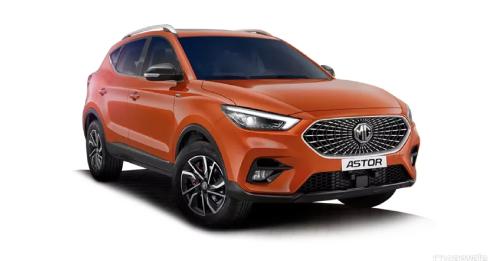

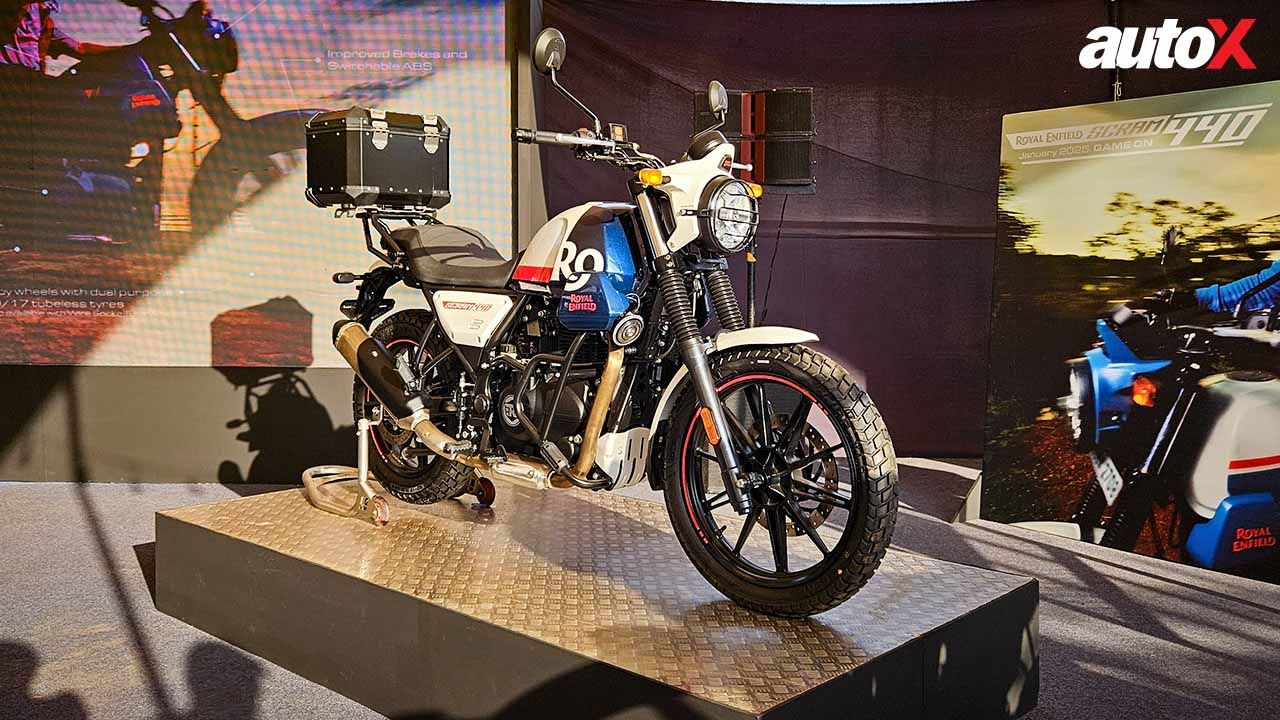
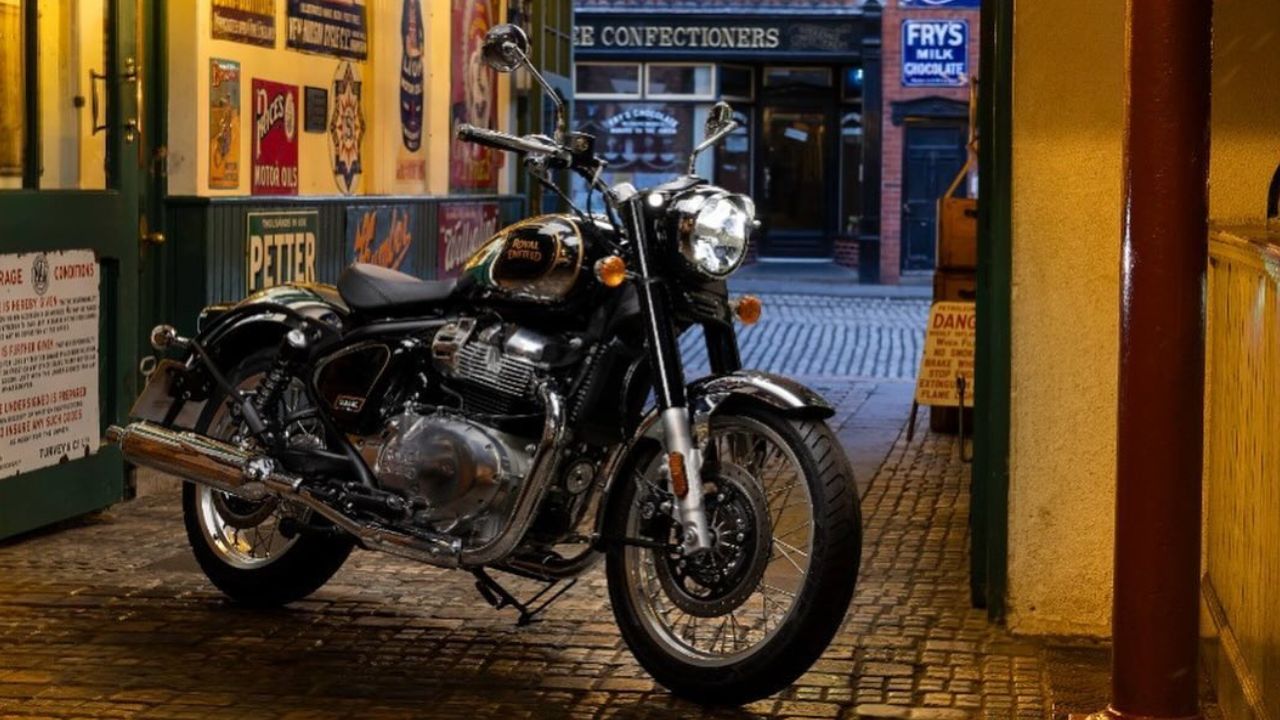
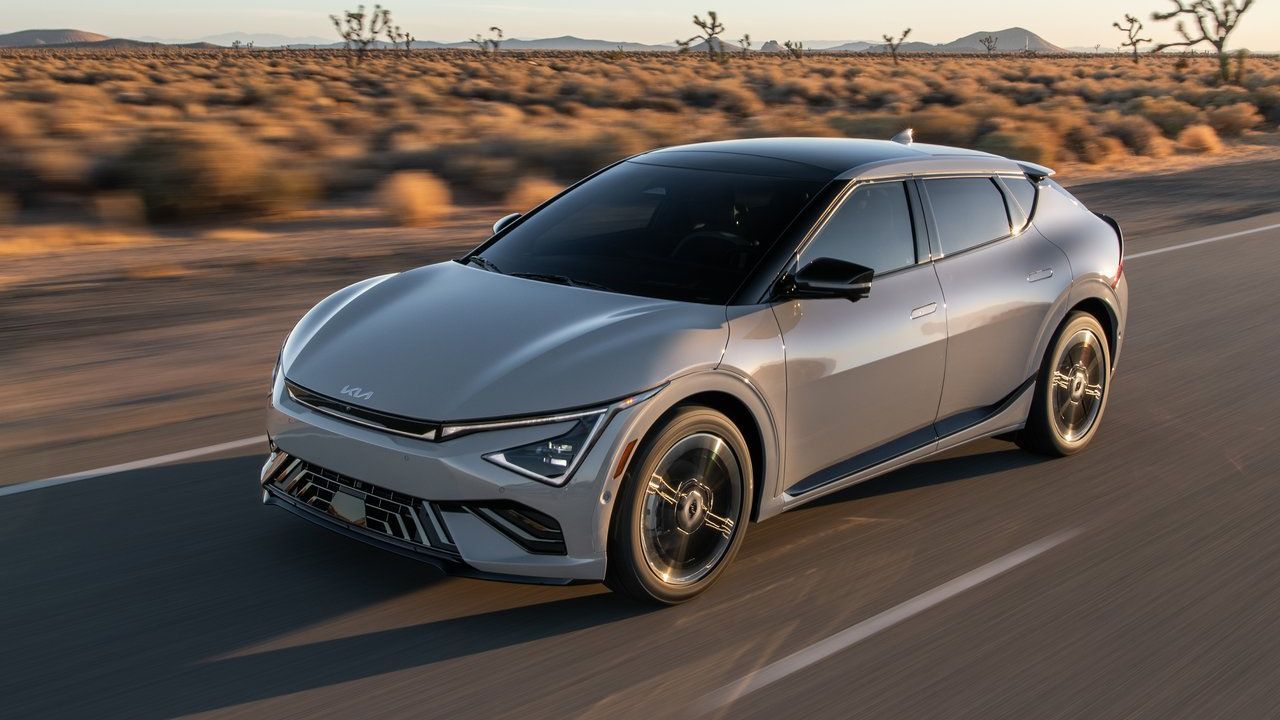
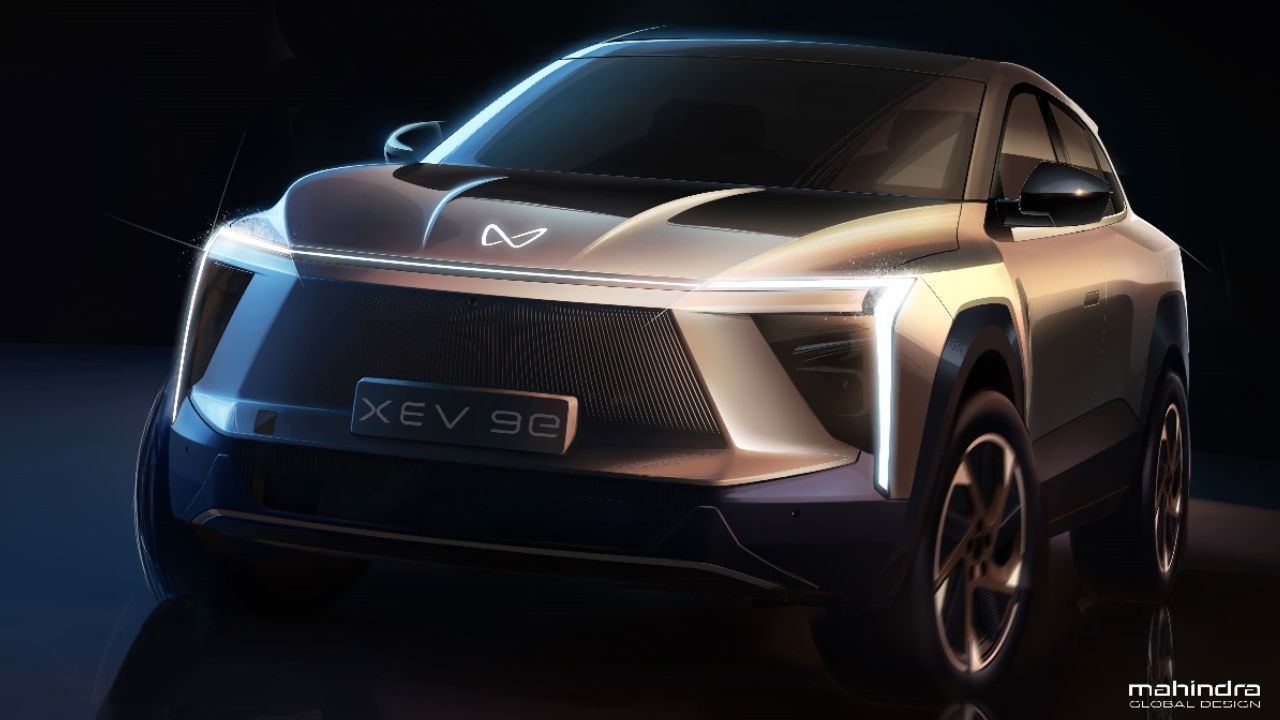
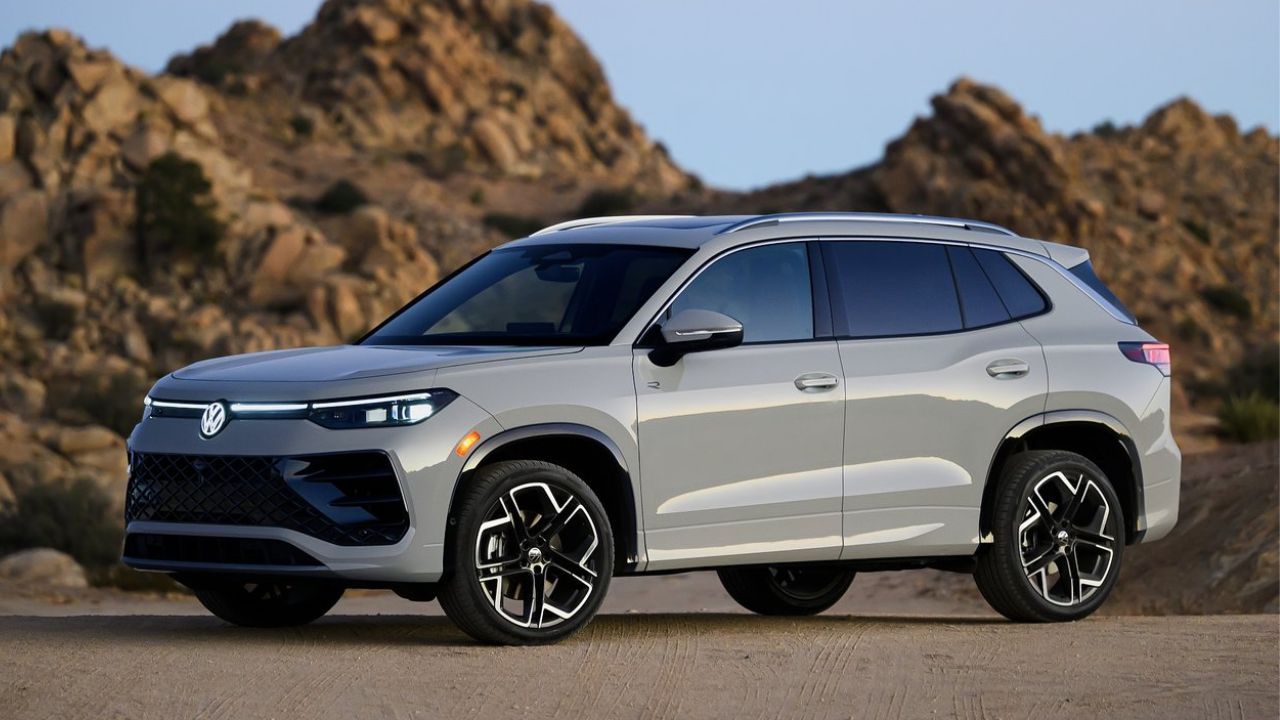
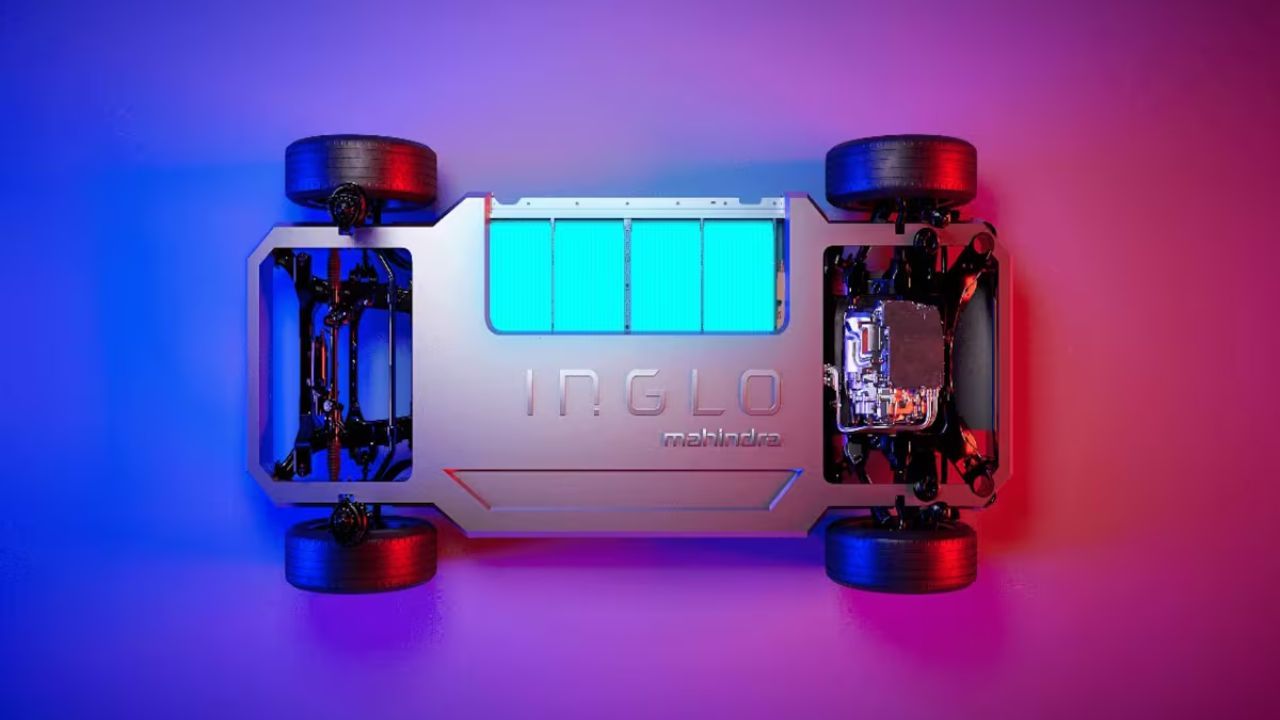

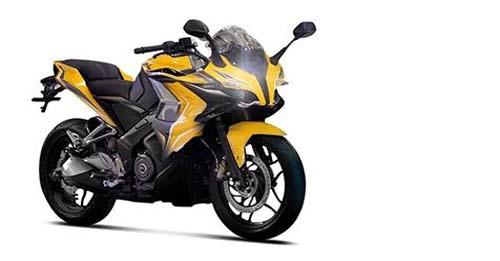
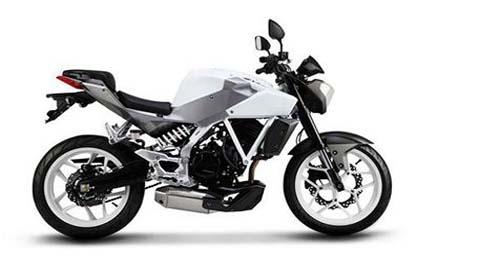
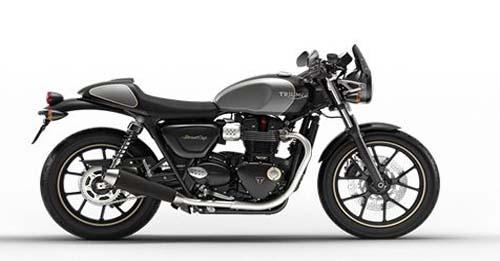
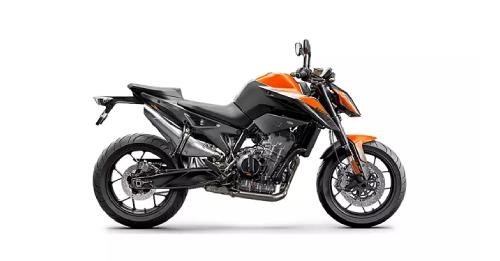









Write your Comment on